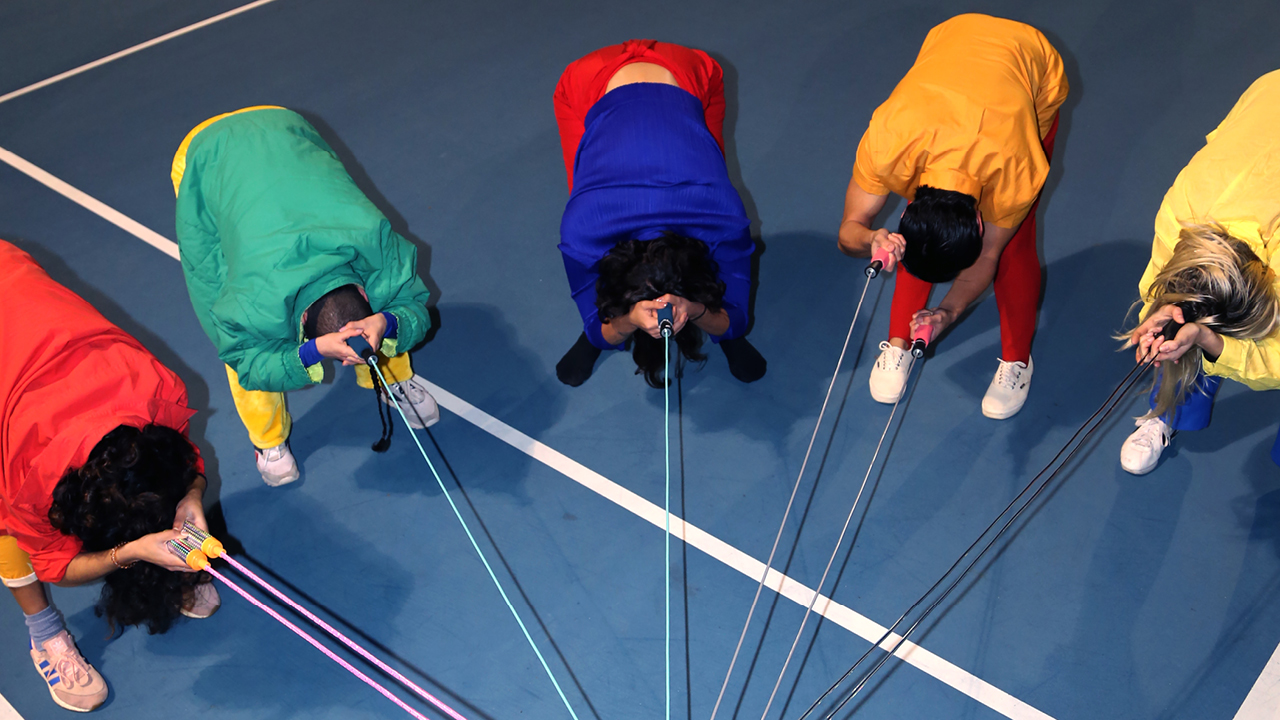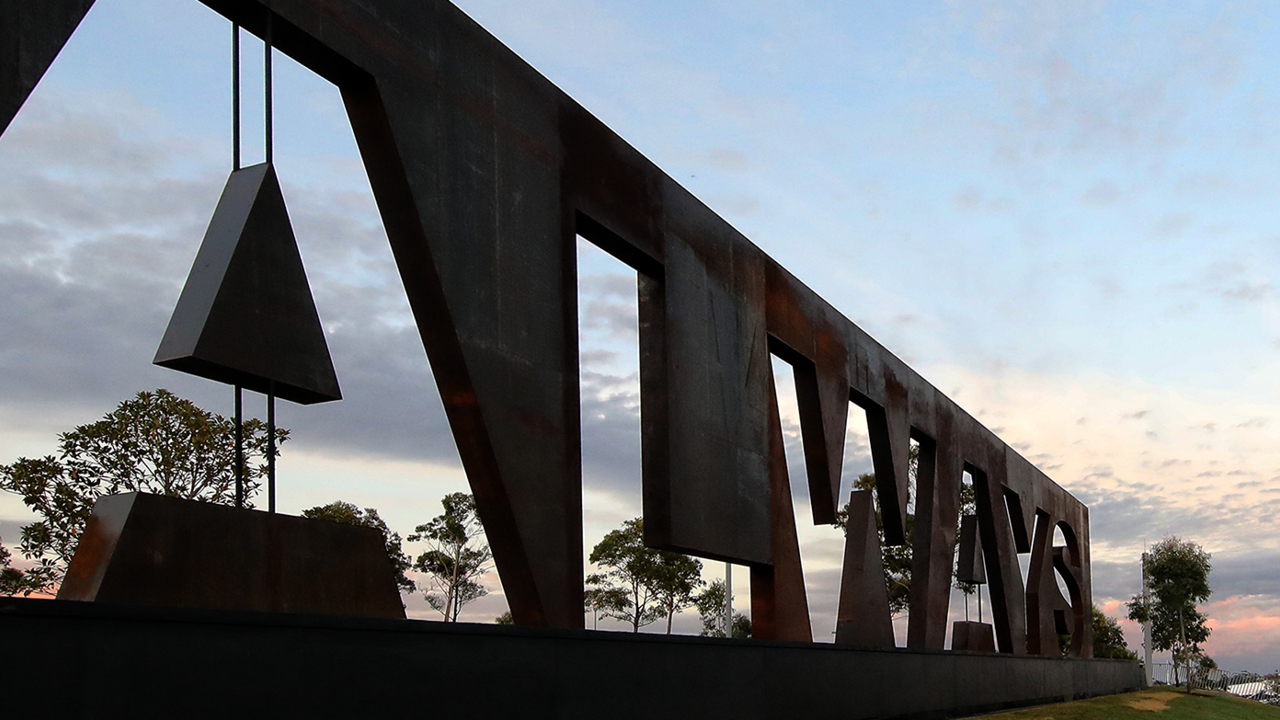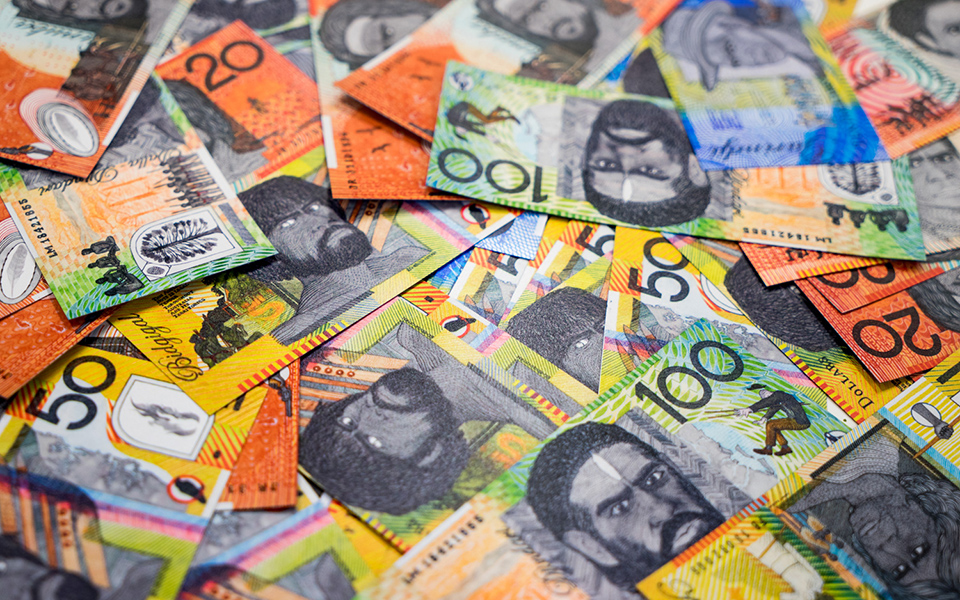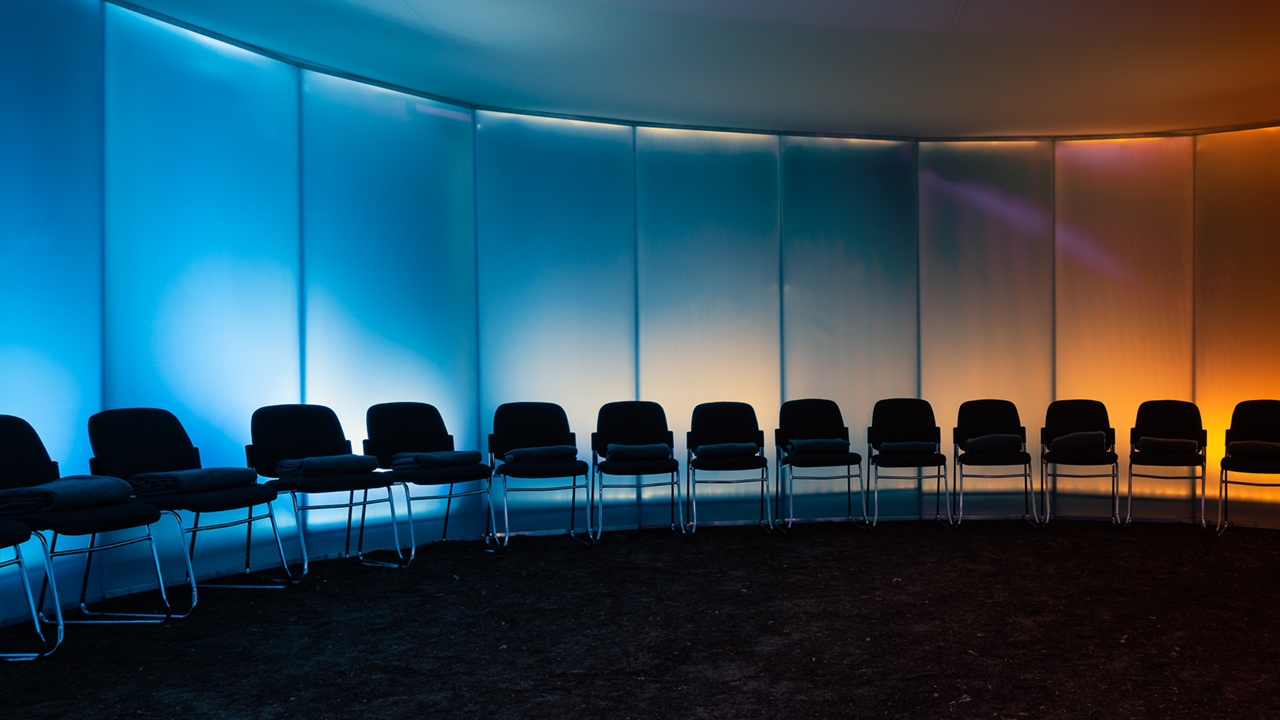
The Ropes by Amrita Hepi and Adrian Piper. Image courtesy of Sydney Festival.
Building upon the rich history of weaving and skipping, a newly commissioned video installation by award-winning artist, dancer and choreographer Amrita Hepi explores cultural resilience and continuity through dance, gesture, video and performance.
Featuring hand-woven ropes and showcasing original choreography, Hepi’s installation and accompanying live performance and workshop look at the delicate and harsh dualities that exist within personal dance narratives and the objects that inform them.
Audiences are invited into a deeply affecting and visceral engagement with Blak and Pacific experience as Hepi evokes how rhythm, rhyme and the body carry self-expression and cultural celebration as well as political and social turbulence.
Presented alongside Hepi’s works is a selection of videos by American conceptual artist and philosopher Adrian Piper, whose influential practice has over decades revisited how art and dance can together bridge cultural, social and racial divides.
The pairing of Hepi and Piper acknowledges how historically significant art practices and critiques challenged the status quo and expanded the edges of artforms, paving the way for today’s most experimental and innovative arts practitioners.
Also exhibiting in Cement Fondu’s Project Space is a presentation of new and existing works by the Yirran Miigaydhu Weavers, an Aboriginal Women’s weaving program initiated by Campbelltown Arts Centre, and led by Aunty Phyllis Stewart, for local Aboriginal women to learn the tradition of weaving.
Created collaboratively, the Project Space exhibition explores the significance of the circle to Aboriginal culture. Through the process of coil making, in which each stitch builds upcoming segments, the work symbolises the generational passing of culture and traditional knowledge.

Always by Jacob Nash. Image courtesy of Sydney Festival.
Artist’s Statement
In this context, the word ALWAYS comes from the declaration ‘Always was, always will be Aboriginal Land.’I look at this as a statement about Truth, Ownership and Protest. A Re-claiming of what has been taken from us and a Celebration that this land has sustained and nurtured the oldest living cultures in the world, for thousands of generations and will continue to do so forever more.
This work, ALWAYS, is as much about the future, as it is about the past. It’s also about respecting country, our ancestors the caretakers of this land and understanding that land and people are inseparable. Our people and our culture will never leave this place – we are one.It also comments that as a nation we now have a shared history. I hope this work and its associated meanings, will let all Australians consider who we are as a nation and how we want to define our ourselves and our history in the future.
As you look through the letters of ALWAYS framing the surrounding landscape, I hope you get a sense of the importance of this word, its meaning and how collectively we have an opportunity to change the future.
– Jacob Nash

Ryan Presley, ‘Blood Money’, 2018. Series of four limited-edition prints. IMA – Photography: Louis Lim
A provocative, participatory installation that reinvents our national currency as a celebration of Aboriginal history. Step up to artist Ryan Presley’s Blood Money Currency Exchange Terminal, where you can swap your Australian dollars for ‘Blood Money’ (AKA limited edition prints).
Blood Money Currency Exchange Terminal is the latest in a series of works exploring contemporary Australian history through the lens of important Aboriginal figures, with valuable lessons to teach on the legacies of dispossession and oppression.
Presley has redesigned Australia’s banknotes to feature Aboriginal people as the key figures. The public is invited to purchase BMD – Blood Money Dollars – from an exchange booth. All funds raised go to Aboriginal youth organisations.

Blak Box – Four Winds by Urban Theatre Projects and Blacktown Arts. Image courtesy of Barton Taylor.
In Urban Theatre Projects’ Blak Box – Four Winds, elders and future leaders from Blacktown’s Aboriginal community invite audiences into a surround-sound listening pavilion, to hear stories and gain a deeper and broader understanding of contemporary Aboriginality.
Four Winds is both a remembering of the past and a collective vision for the future. It features Elders Uncle Wes Marne and Aunty Edna Watson and teens Savarna Russell and Shaun Millwood as they engage each other in a dialogue that bridges generational divides. Four Winds features new music from songwoman Emma Donovan and violinist Eric Avery. The work is informal and inquisitive, sombre and funny, gentle and insistent, powerfully highlighting the urgent need for all their voices to be heard.
In a 21st century campfire experience inspired by the concept of ‘deep listening’, a soundscape of music and stories ranges over thousands of years: a cross-generational dialogue bridging the past and the future.
After a successful opening season at Barangaroo, Blak Box moves to Blacktown – the largest Aboriginal community in Australia – for Sydney Festival. Blak Box is designed by award-winning architect Kevin O’Brien and the deep listening experience Four Winds is curated by Daniel Browning, with lighting by Karen Norris.
SOURCE: Sydney Festival.